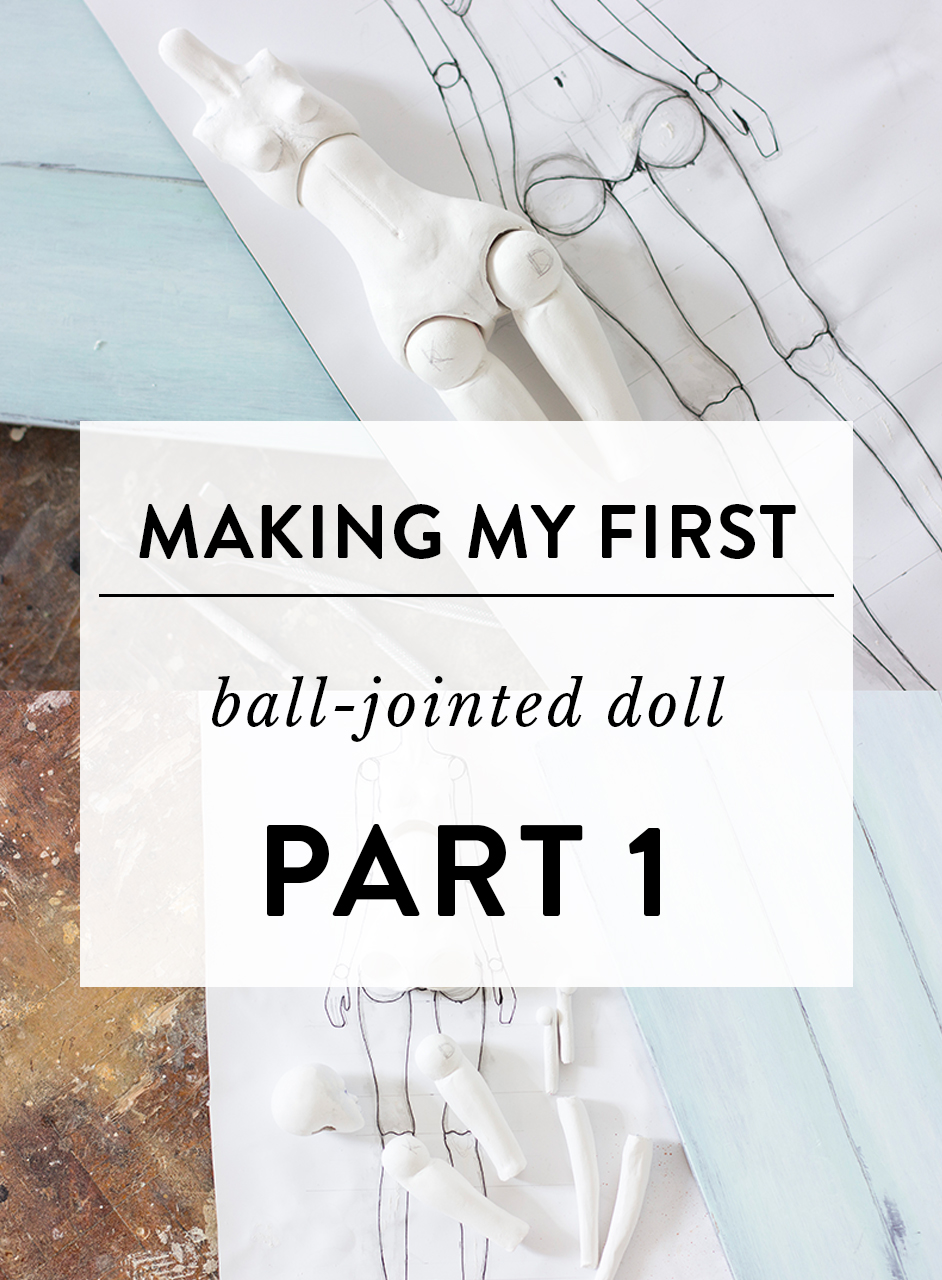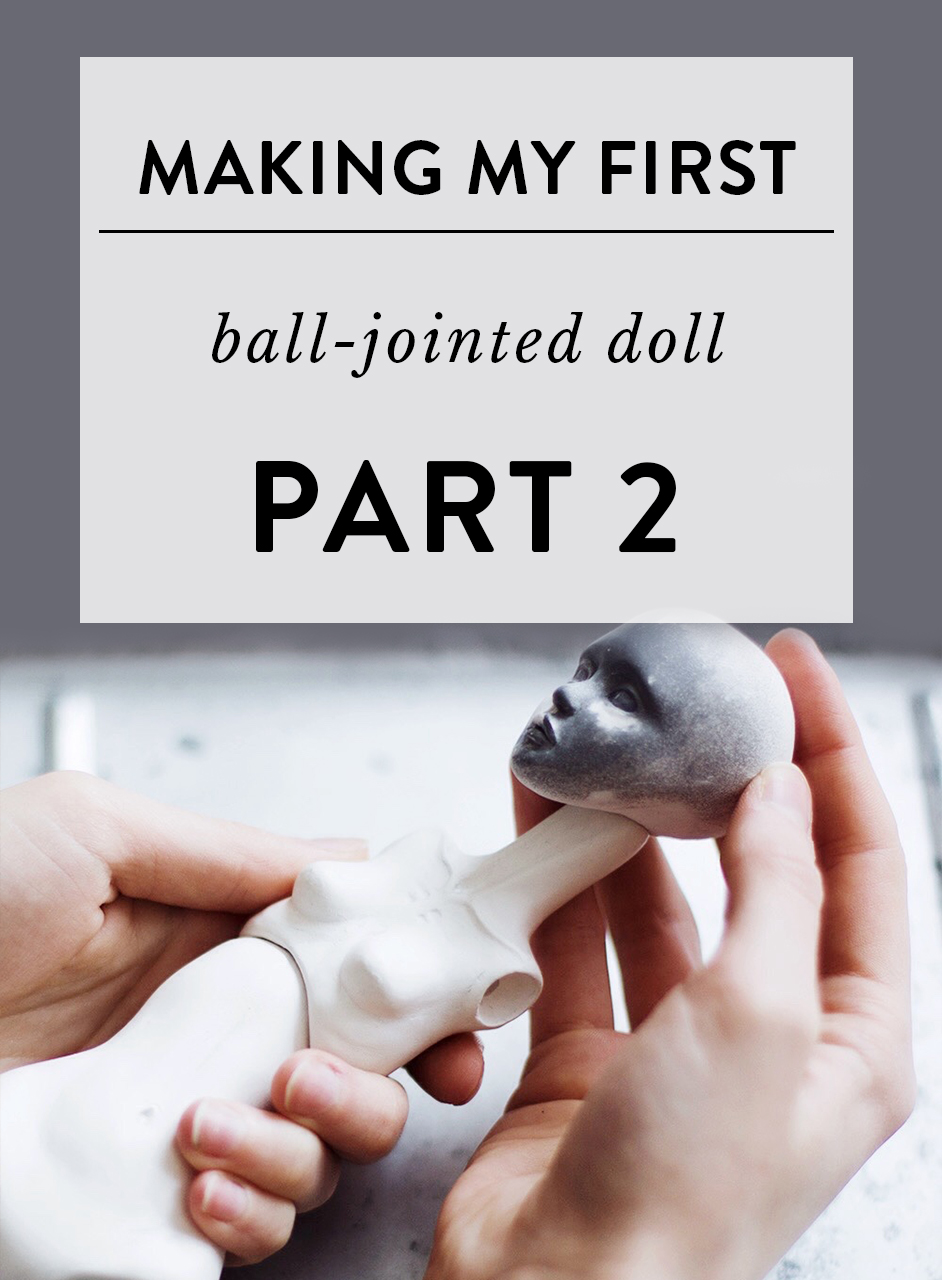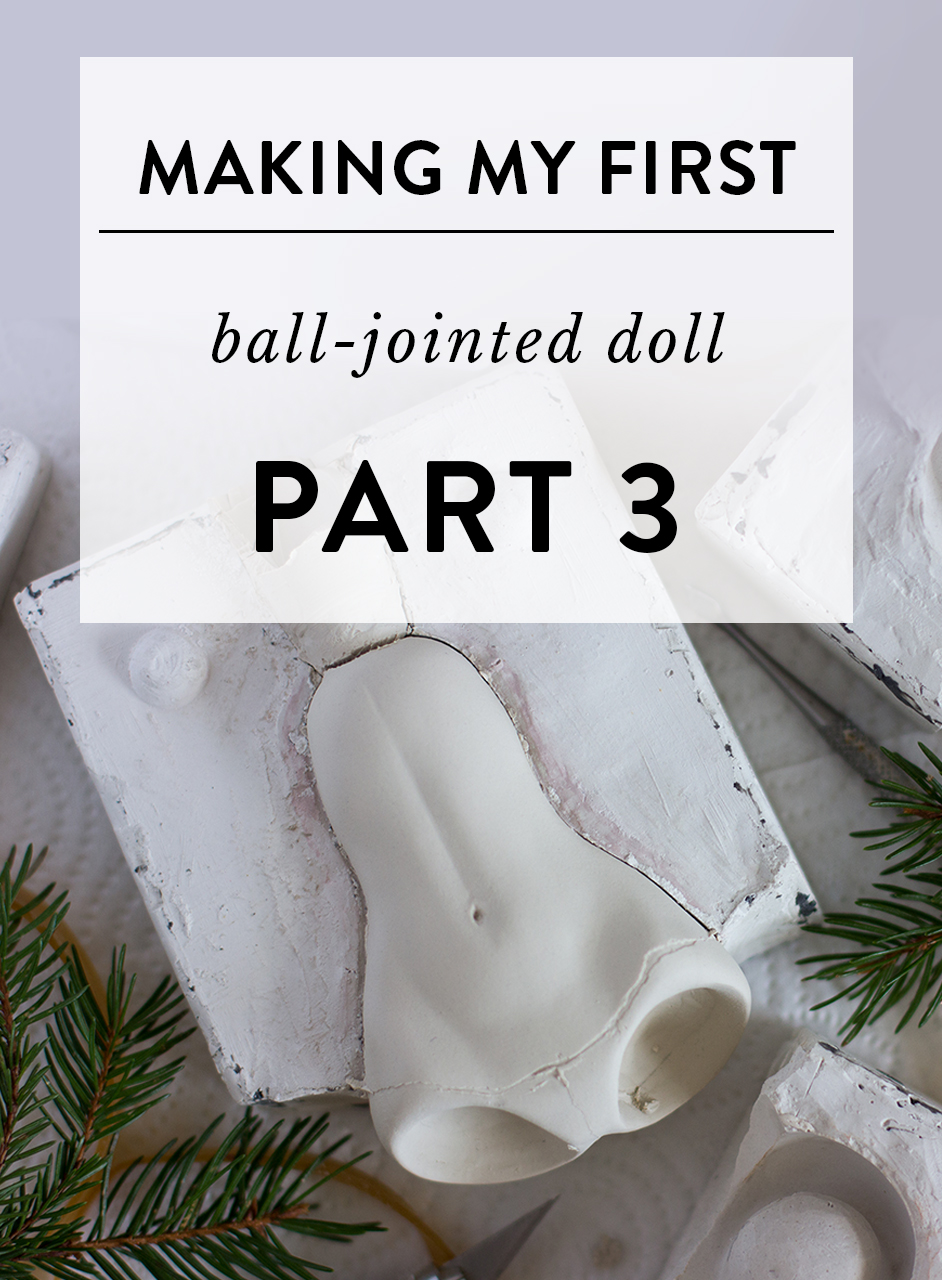Lessons I've learned sculpting my second BJD
After a year of work, I’ve finally finished my second ball-jointed doll. It’s a new prototype that will be used for casting porcelain dolls. To be honest, I wasn’t working on it every day for the whole year, I had some significant breaks along the way when sculpting was put aside for a month or two. Nevertheless, it’s a long and excruciating process, especially when you don’t have serious experience in this realm. I’ve only sculpted one ball-jointed doll before, but it was more than enough to know what I want to do differently this time. So, let’s talk about some lessons I’ve learned since sculpting my first and now second BJD!
By the way, you can read about my first BJD process in these articles:
Make your own balls for joints
This notion might sound obvious for some, but for my first ball-jointed doll I went the other route and regretted it completely. At that time, I thought I won’t be able to sculpt perfect clay balls so I've used wooden balls from the craft store. While they were working pretty great and the clay stuck to them wonderfully, it was a nightmare to drill the wood and cut slits for the elastic. The clay around these wooden balls was fairly fragile, so I had to make sure not to damage it while vigorously drilling and cutting the wooden parts. It took me a long time to finally achieve a good result. And in that time I probably would have sculpted my own perfect clay balls. Now, I was following this tutorial. It worked out great!
2. It’s easier to sculpt some pieces as one and cut them later
Another piece of advice that really alleviates the sculpting process. While making my first BJD, I made a mistake by sculpting all pieces for the legs separately. All of them ended up slightly different, which caused problems in the movements and aesthetic appearance of the doll. This time I've sculpted the legs as a whole piece and cut them later. It helped with symmetry a lot! You can do the same with hands and torso as well.
3. Spend enough time detailing important parts like face, hands and feet
For my second BJD, I spend a lot of time sculpting and re-sculpting the face and hands. Which, in my opinion, are very important for the appearance of the character. It’s very tempting to skip some steps and just rush to the end result. I completely understand, stringing the doll and see it working is very rewarding! But if that's the case, the symmetry and detailing might suffer. My first doll had some issues with the knees and asymmetrical eyes that I’ve noticed after casting it in porcelain. Therefore, I had to make some changes after the casting and it was a lot harder to do than it would have been in the early stages of sculpting.
4. Make peace with the fact that it won’t be perfect
Even though I've re-sculpted the head at least six times, I'm still not satisfied with it 100%. I guess I never will be. A lot of artists can relate to this situation, sometimes you just need to stop tweaking everything and accept that you'll never be perfect. With every reached goal, you immediately set another one, and with that attitude, you’ll never finish anything. It’s very hard to truly celebrate the end result when you know there are some things that can be done better, more realistic, more symmetrical, etc. But in the end, you just have to accept it and move on to the next doll. It's the only way to improve as an artist.
If you’re interested in my porcelain dolls, make sure to visit my website created just for them! I hope to publish more articles there soon. If you’re sculpting your own ball-jointed dolls, I wish you best of luck and some patience as well, haha.
Sculpting hands - my favourite techniques
Today I want to delve into the topic of sculpting hands. It's one of the hardest things to get it right when making dolls. And I completely understand why! I've sculpted dozens of hands and just about a year ago I finally got it right. So don't beat yourself up if they don’t turn out perfect every time. It's so common! In this article, we will talk about how the right materials will help to get better results and look into my favourite sculpting techniques. Let’s sculpt some hands!










